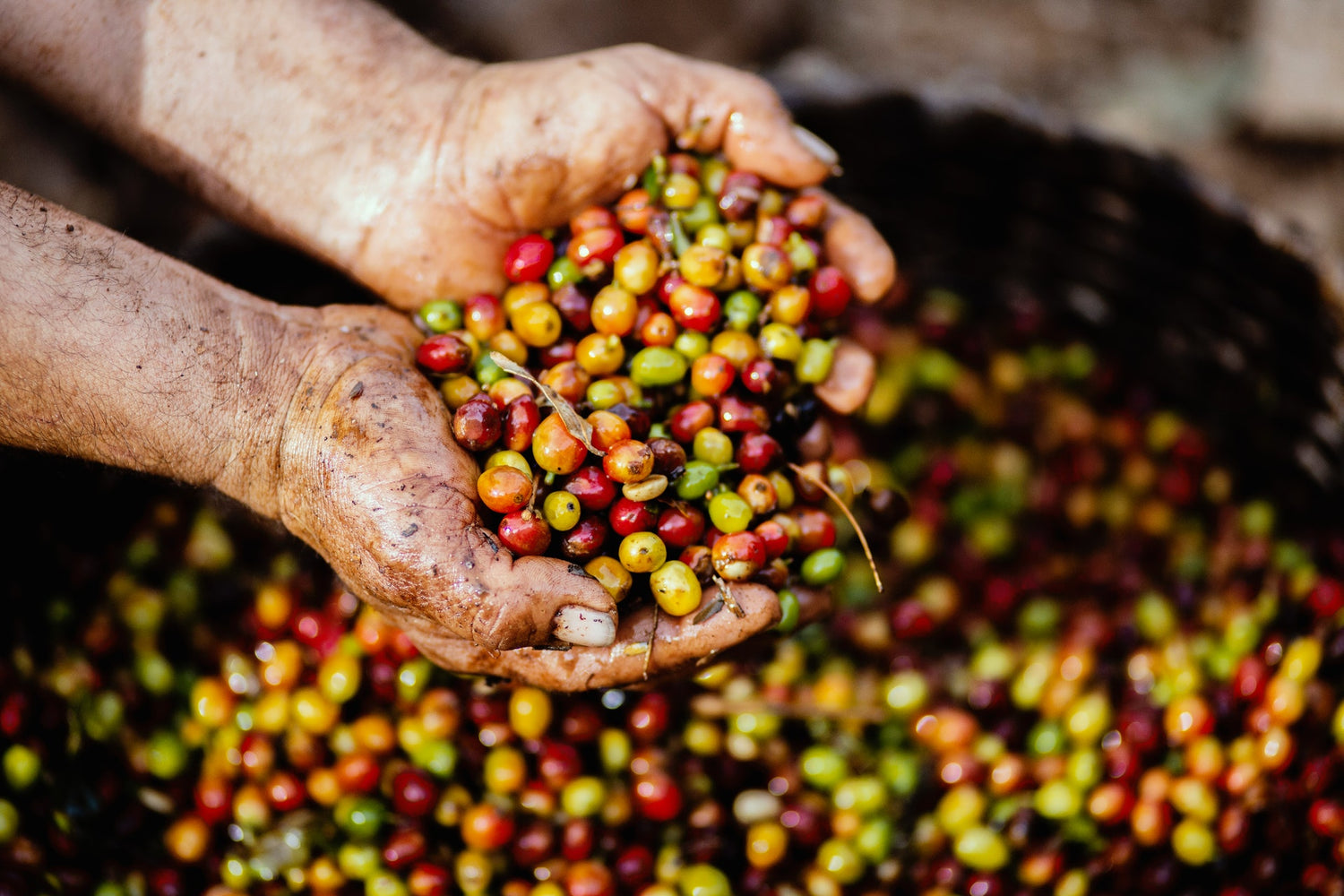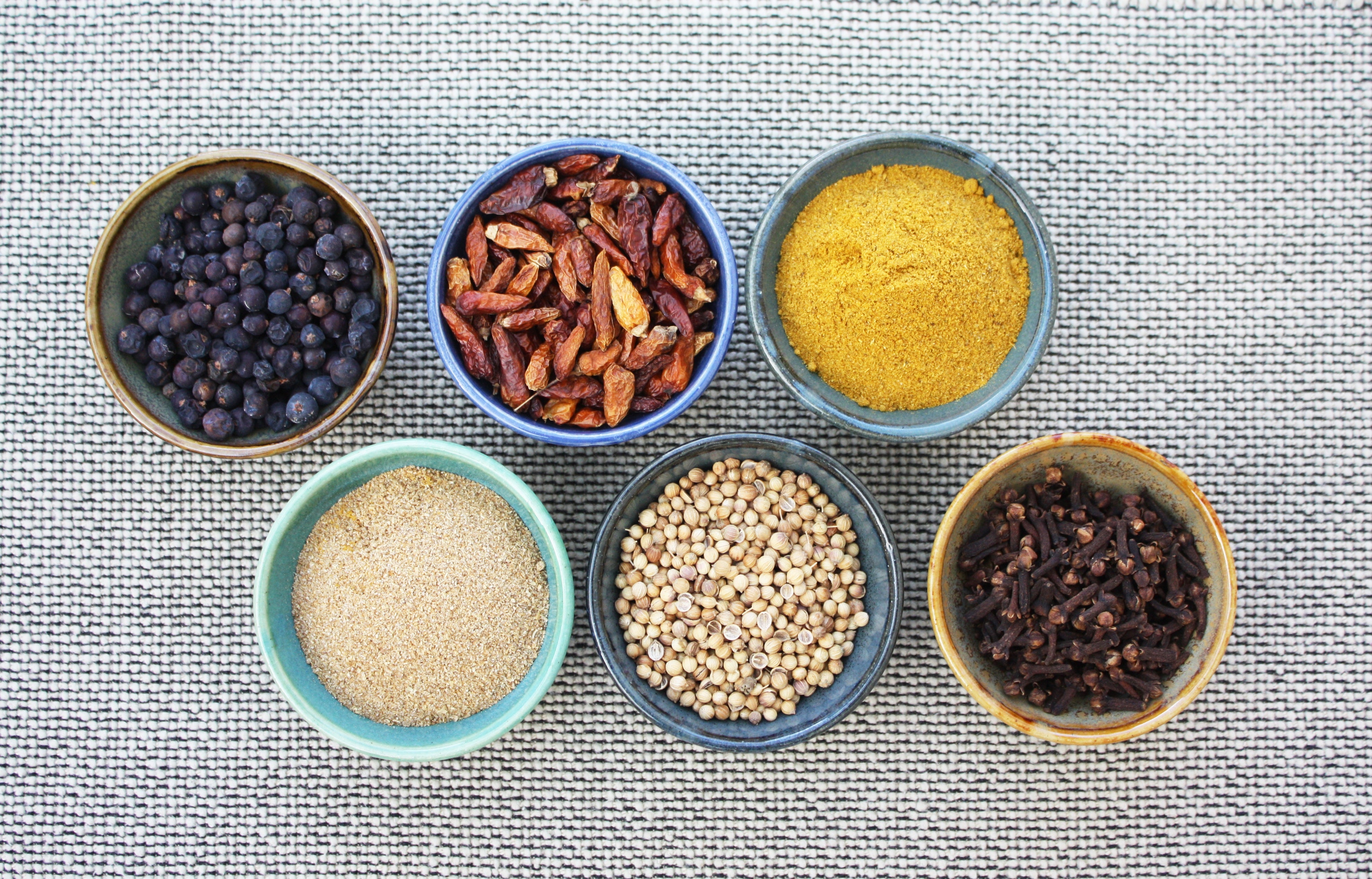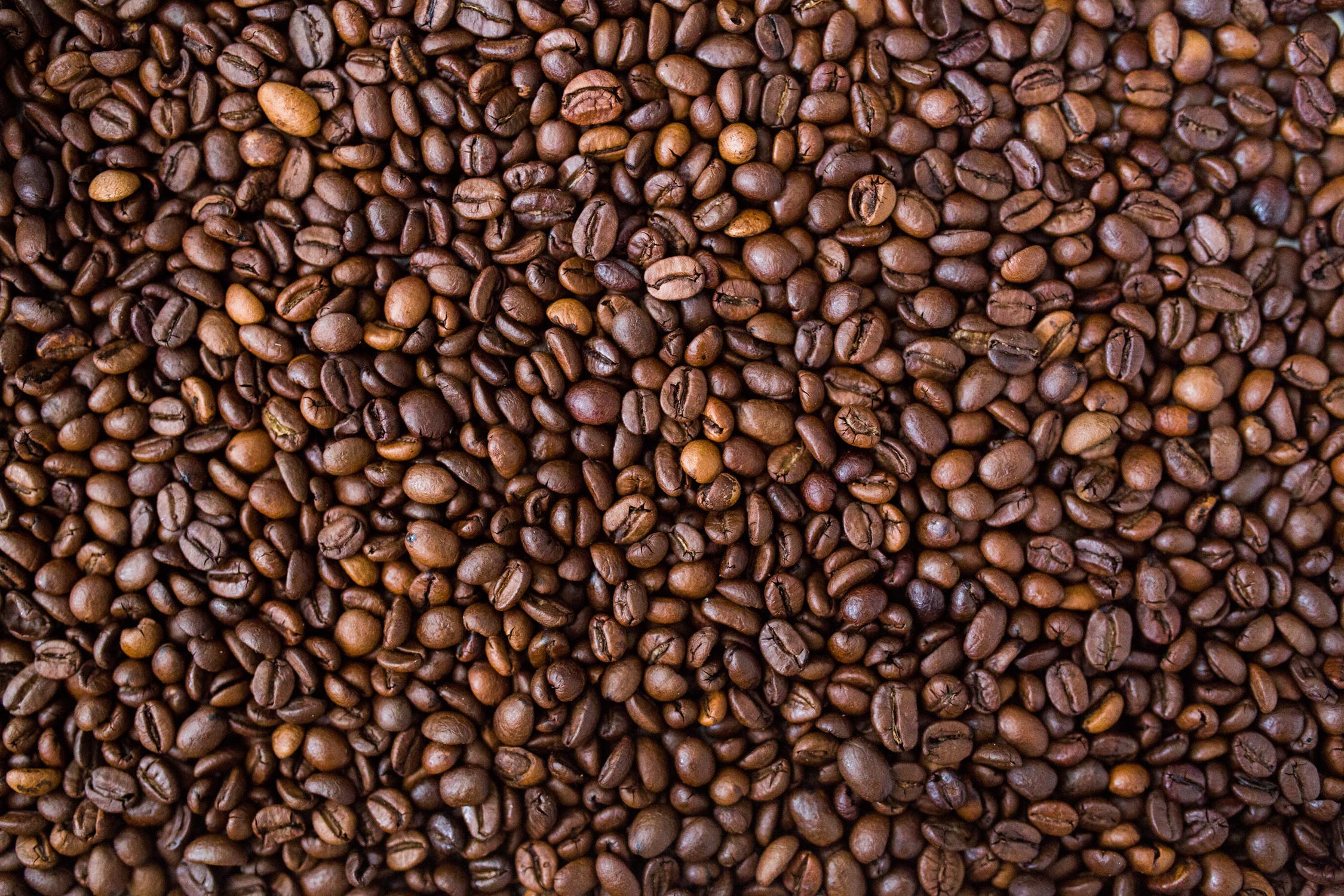Let’s talk about the two most common processes for removing the coffee seed from the fruit in which it grows. These processes have a direct relation to the flavor or “profile” of a given coffee. The coffee producer has many factors to keep in mind when deciding how to go about processing their coffee. First, let’s examine what I mean by processing.
The oldest form of coffee processing is a natural or “dry” process. Dry process allows the fruit or “cherry” to dry with the coffee seed still inside. The cherry will lend some of its own characteristics into the coffee whether in body or taste. This can result in a very specific profile reminiscent of blueberries, strawberries, and/or fermented fruit. Think about an Ethipian coffee tasting like a cup of strawberry jam! When done well, this processing method can yield incredible, sweet and clean, fruit-forward coffees.
A process you are probably more familiar with, is a washed or “wet” process. In a wet processed Colombian, the coffee seeds are removed from the cherry, after quality sorting, with a machine called a depulper. This depulper tears the cherry away, leaving behind the seed encased in mucilage.From here the seeds are moved into fermentation tanks where the mucilage is broken down further. They are then washed again, and agitated, to remove any remaining mucilage. This leaves behind the coffee seed in parchment that will then move on to the drying stage. Wet processing often results in a cleaner and more balanced profile, paired with brilliant acidity and juicy sweetness.
Now that we understand the basic differences in processing, it is important to understand what would lead a producer into utilizing one process over the other. Both come with their own unique challenges:
Dry processing is part of the local tradition in Brazil. These coffees may not have a burst of strawberry etc, like the Ethipian coffee mentioned earlier, but instead, will have an intensified body that is directly related to its dry process. In origins like Ethiopia, where access to consistent and clean water is a real challenge, these producers’ only choice is to naturally process their coffee. This does too come with risk. Producers need to constantly rake the the sun-drying cherries, as they are prone to growing mold and other bacteria if not handled with care. Dry process works best in areas with a predictable dry season.
A producer lucky enough to have access to fresh water will also need to build tanks to house the coffee as it ferments and separates. Wet processed coffees stand on their own because of terroir and growing conditions with no impact from the cherry. Yet, this is only true when great care is taken with fermentation and it’s drying stage. Washed coffee, if not dried correctly, can also grow bacteria.
Nuances and personal preferences are what make coffee so exciting and to such a broad audience. In the end, drink what you enjoy simply because you enjoy it. It’s fun to dive deeper into a coffee you love and ask, “why is it this way?” Next time you order a coffee at Partners coffee, ask your barista, “is this a natural or washed coffee?” Maybe you’ll be surprised, or maybe you’ll already know the answer.








Leave a comment
This site is protected by hCaptcha and the hCaptcha Privacy Policy and Terms of Service apply.